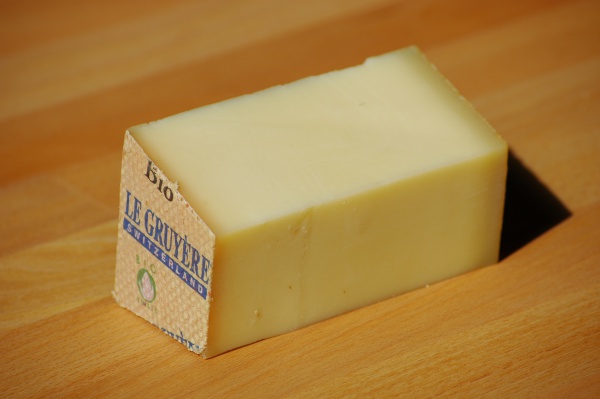Facts About Gruyère cheese
Gruyère is a hard, yellow cheese originating from Switzerland, named after the town of Gruyères. Renowned for its rich flavor and versatility, it is a staple in many dishes. In 2001, this cheese was granted the esteemed appellation d'origine contrôlée (AOC) status, indicating that its production is meticulously regulated to uphold its quality and authenticity.
The flavor profile of Gruyère changes with age. When young, it boasts a creamy, nutty taste. As it matures, it acquires more complex, earthy, and assertive notes. This evolution makes Gruyère ideal for various culinary applications, from baking and fondues to French onion soup, croque-monsieur, cordon bleu, salads, and pastas.
The production of Gruyère involves several stages. Raw milk is initially curdled, then cooked, pressed, salted, and left to ripen for two months at room temperature. The aging process can last from 3 to 10 months, with the cheese's flavor intensifying as it matures. The AOC status guarantees that Gruyère produced in Switzerland follows stringent guidelines for production and maturation.
Interestingly, Gruyère-style cheeses are also produced in other countries such as Greece, Turkey, the United States, and Bosnia, although they may not possess the AOC distinction.
A critical component in the production of Gruyère is the affinage, or maturation process. This stage necessitates specific conditions of temperature and humidity in the maturation cellars. Various types of Le Gruyère Switzerland AOC are available, ranging from mild to cave-aged. A special variety known as Le Gruyère AOP Premier Cru is produced and aged exclusively in the canton of Fribourg and has earned the title of best cheese in the world at the World Cheese Awards four times.

 Italy
Italy